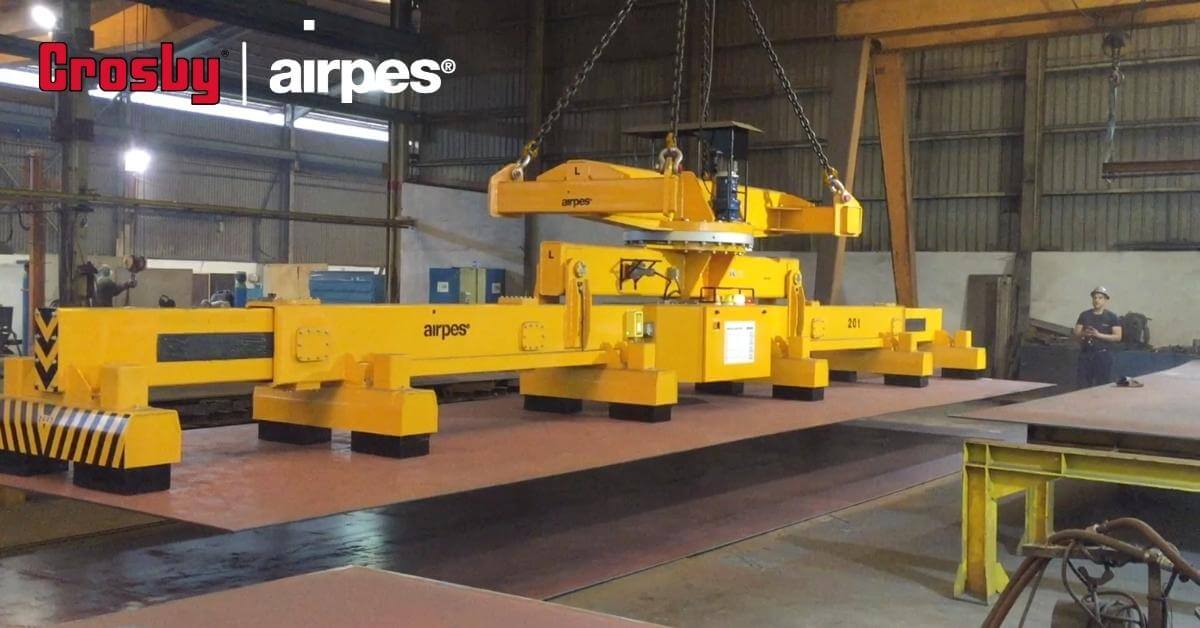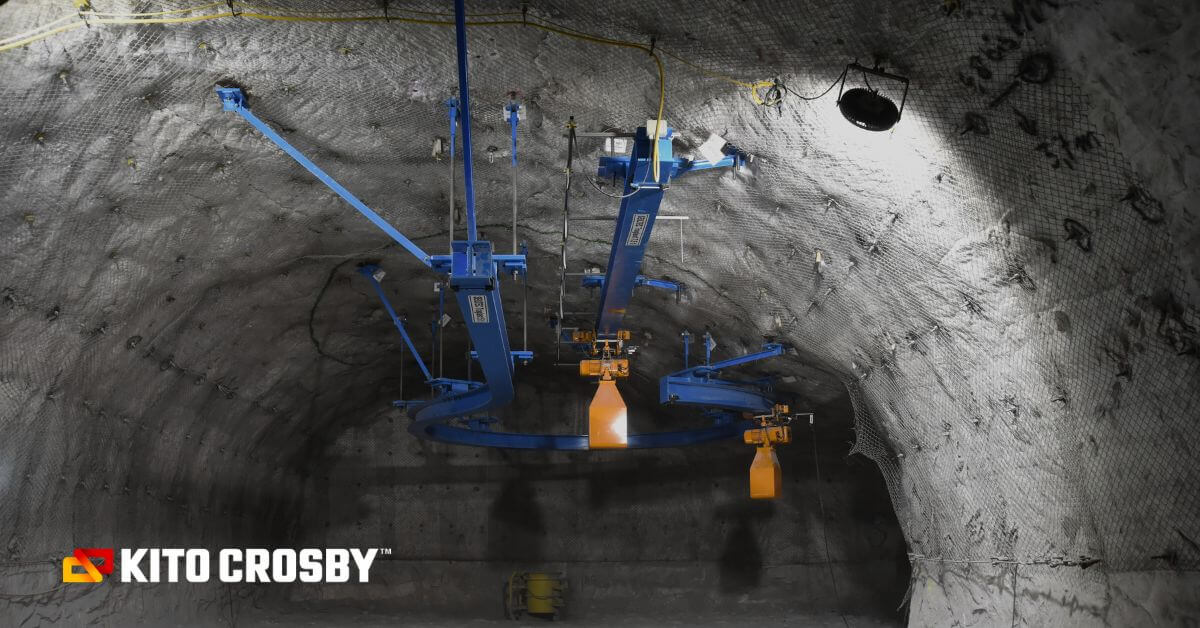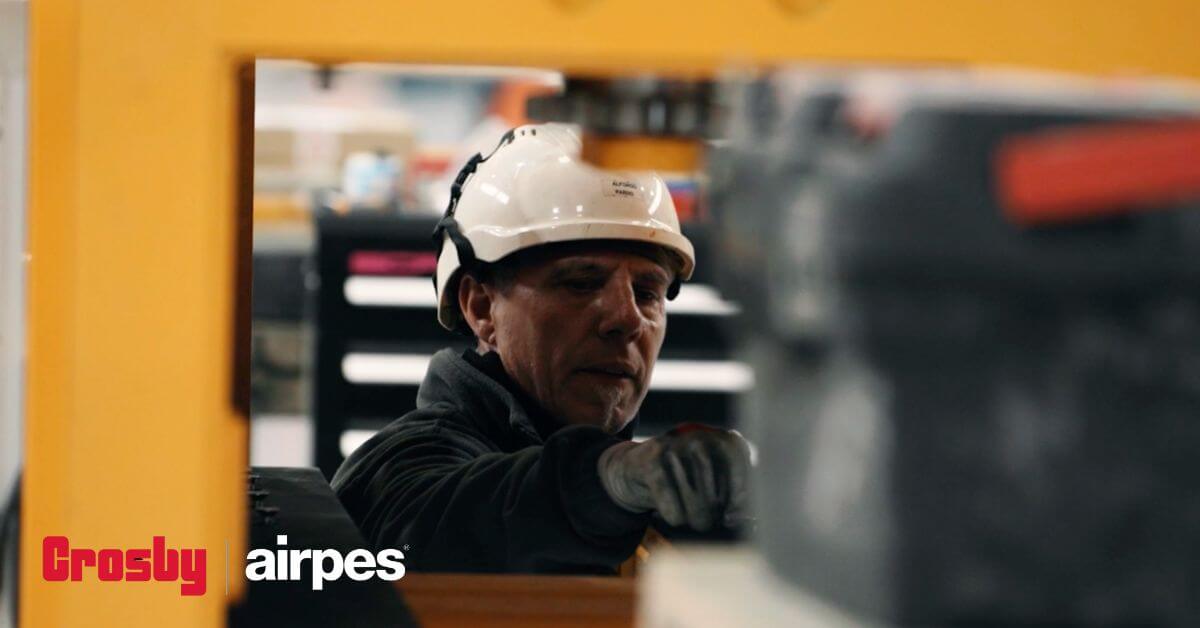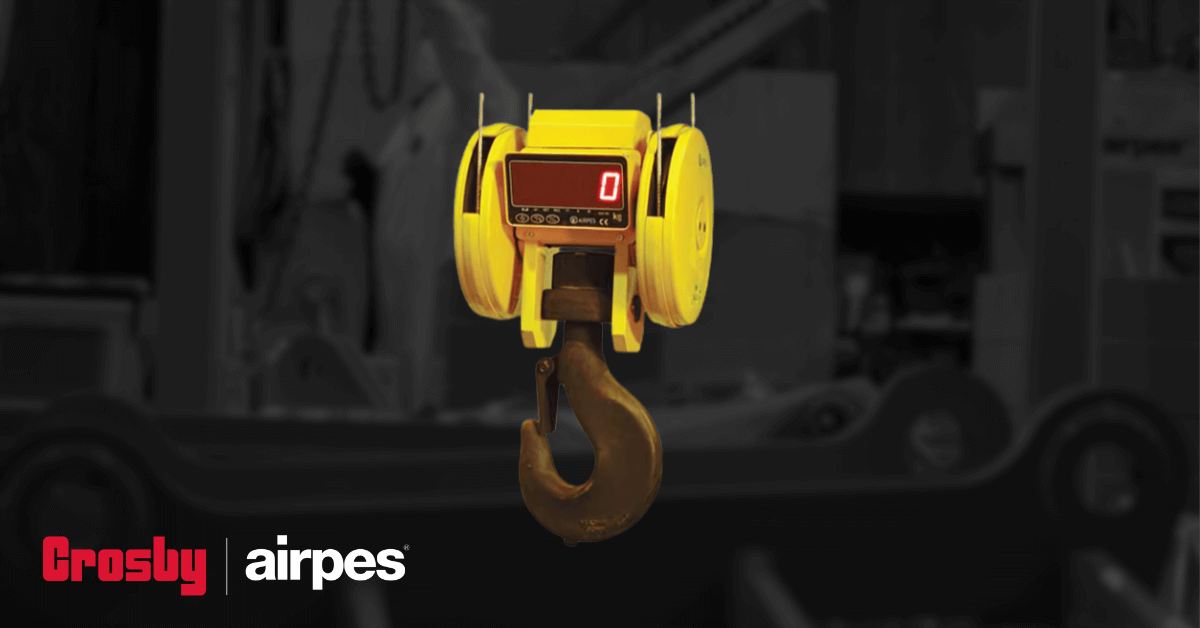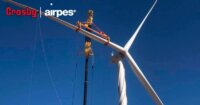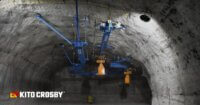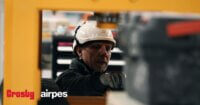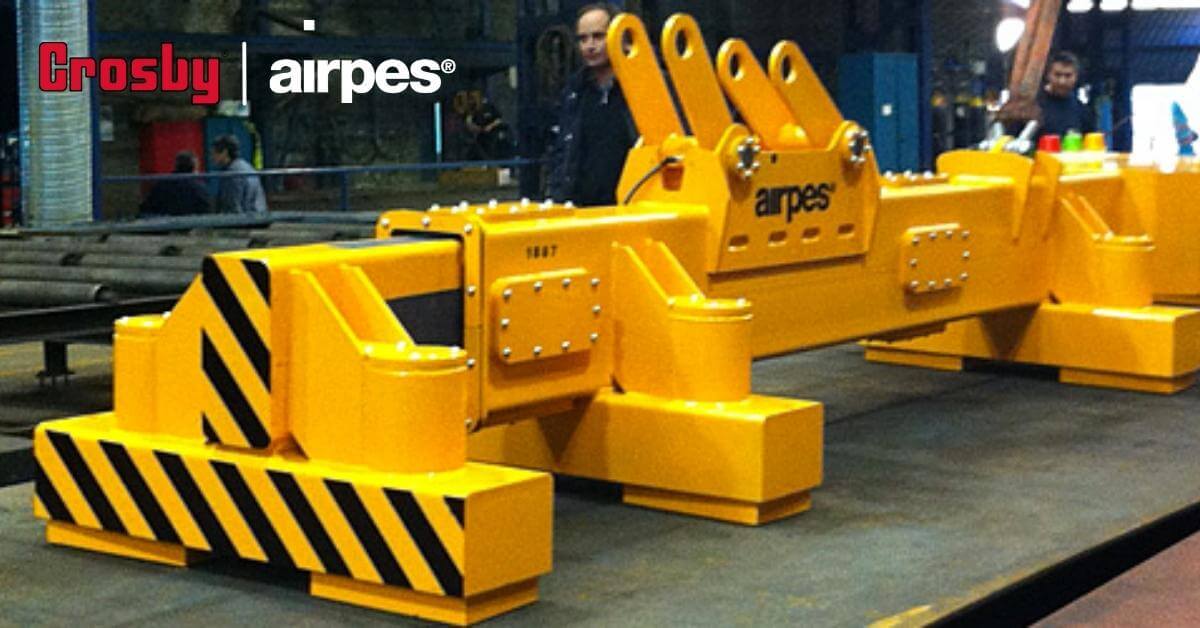
Taking safety precautions when using lifting equipment is mandatory to avoid accidents. Safety procedures and requirements are in place to protect you and the others, because these incidents can cause costly damage or injuries.
We will analyze lifting hazards and precautions and outline ten safety precautions you must take while handling lifting devices to reduce risks.
Which precautions must you take while handling lifting devices?
Lifting equipment is the equipment used for raising or lowering loads. We share some general precautions you must take into account when using it.
1. Always check the equipment before you use it
You have to think about what risks may occur and how you can manage them before you start using any equipment
A good practice is to have heavy lifting equipment procedures for your company or have a lifting device inspection checklist with basic safety actions, like:
- Check that equipment is complete, all safeguards fitted, and free from defects.
- Ensure you install the equipment properly: it is stable and is not in a location that could present some risk for other workers, customers, or visitors.
- Make sure you choose the right equipment for every operation.
2. Performs periodic inspection and maintenance tasks
Your company has to have a safe work system for using and maintaining lifting equipment. You may use a safety inspection checklist to verify critical features where deterioration would cause a risk. It can also have checkpoints for the residual risks identified by the manufacturer in their instructions provided with the equipment.
A competent person has to examine lifting equipment and its accessories before using them for the first time. Later, they must thoroughly check lifting equipment in periods specified in regulations or at intervals according to an examination scheme, during regular use, when carrying out repairs for breakdowns or faults, and during planned maintenance.
3. Ensure your training is up to date
You must ensure that your staff’s training is always up to date. You have to give them training every time you introduce new equipment and continuous training in lifting operation safety precautions.
Training is an ongoing process to guarantee that your team will be able to work safely, effectively, and efficiently.
4. The weight of the load must fit the equipment
Ensure that the load to be lifted is well distributed and that the equipment you will use fits its weight and shape. You must also check that the equipment is sufficiently robust, stable, and suitable for the proposed use.
For example, do not attempt to load a 50-ton wire coil with a c-hook capable of lifting 40 tons. This action would put you and your colleagues at risk.
5. Use high-quality monitoring and overload protection systems
The monitoring and overload protection systems included in the lifting and handling equipment guarantee the monitoring of operations and prevent unnecessary accidents due to misuse of the equipment.
You must have the most appropriate monitoring and overload protection systems for the work you need to perform, and they must fit your equipment. In addition, if you have high-quality safety systems, you guarantee the health of your staff and extend the useful life of your equipment.
Discover our monitoring and overload protection systems.
6. Do not attempt to adjust the load manually
Never move or reposition the load manually to avoid injury when using lifting equipment, especially if moving. Well-designed lifting equipment must adapt to any movement the material must make and lift and position the load precisely.
Lifting equipment helps operators perform their tasks safely and straightforwardly, using only the controls adapted to their operation.
7. Prevent access to dangerous parts
Some measures you can use to prevent access to dangerous parts are:
- Use fixed guards to enclose dangerous parts using the best material for every case.
- If fixed guards are not possible, use methods such as interlocking the guard to avoid starting the equipment before it’s closed or cannot be opened while the machine is still moving. In some cases, you can use trip systems if other guards are not practicable (such as photoelectric devices, pressure-sensitive mats, or automatic guards).
- Where guards cannot give complete protection, use jigs, holders, push sticks, etc.
8. Make sure that the equipment is adequately marked
Ensure to visibly mark your equipment with any appropriate information for its safe use. You must also mark all the accessories.
9. Use the necessary safety equipment
There are different personal protective equipment such as helmets, boots, gloves, goggles, etc. You must assess and analyze the characteristics of the work environment and the characteristics of the lifting equipment to choose the one that best suits the specific needs of your staff.
Make sure that the equipment you choose complies with current regulations.
10. Never stand under the load
Although the risks may seem obvious, it is still common for workers to place themselves under loads when operating lifting devices. You mustn’t do this because if something goes wrong, you are at serious risk of being hit by something you are lifting.
It is essential always to maintain a safe distance from the load you are moving to ensure that you are not at risk and can handle the situation safely in an error, equipment failure, or other problem.
Why is lifting equipment safety important?
- Moving machine parts of lifting equipment or falling or ejected materials can hit and injure people. Body parts can also be pulled in or caught between rollers, belts, chains, and pulley drives.
- Sharp edges and parts can cause cuts and tears, and elements with rough surfaces can cause friction or abrasion.
- People can become trapped between moving parts and between stationary parts of machines, walls, or other objects, where shearing forces are created when the two parts move against each other.
- Machine parts, materials, and emissions (such as steam or water) can become too hot or too cold to cause burns or scalding, and electricity can cause electrocution and burns.
- Equipment or accessories may become unreliable and error-prone due to lack of maintenance, or machines may be misused due to inexperience or lack of training.
- Equipment parts can fail, and loads can fall.
You may be interested in: 6 overhead crane safety tips to protect your workers
Crosby Airpes brings you safe on-demand lifting equipment
At Crosby Airpes, we design, manufacture, and test lifting equipment that works on point and makes every project safer.
We have broad experience working with the steel sector and the wind energy industry with on-demand lifting solutions.

